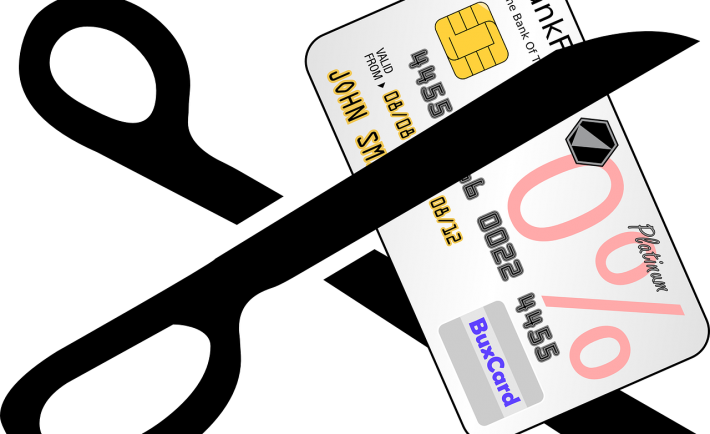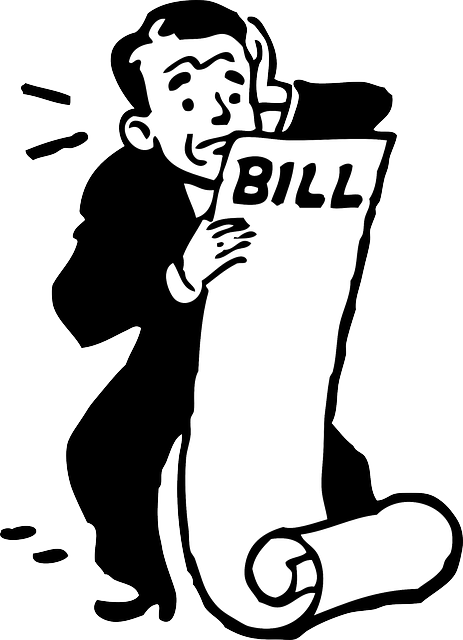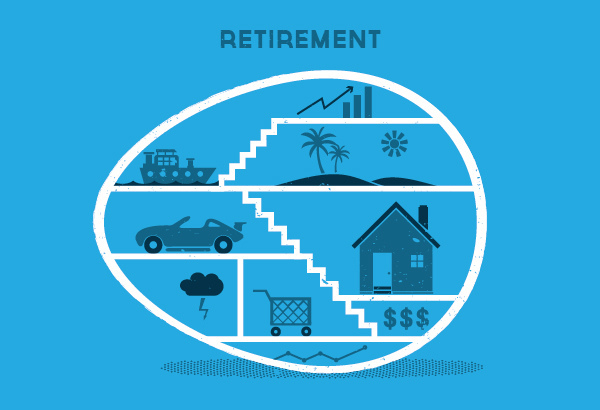While you may not have control over the economy, you do possess the power to influence your financial destiny through deliberate actions. With that in mind, here are five effective strategies for managing your finances:
1. EMBRACE THE POWER OF YOUR CHANGE
Begin a nightly ritual of counting your coins and bills, setting aside your loose change with dedication. As these seemingly insignificant amounts accumulate, deposit them into your savings account. Witness the gradual growth of your savings, knowing that these seemingly trivial contributions will amass into a substantial sum over time. Moreover, utilizing cash for daily expenses can foster mindful spending habits, making it more challenging to part with physical currency. While this method won’t yield instant savings, it represents a steady and reliable approach to financial growth.
2. PREPARE OF GROCERY SHOPPING
Achieving substantial savings at the grocery store requires a bit of proactive planning. Prior to your shopping expedition, assess your pantry and create a well-thought-out shopping list to fend off impulsive purchases. Learn the art of coupon hunting and enroll in loyalty programs at your local store to maximize your cost-cutting potential. Many stores offer additional discounts in exchange for contact information through their loyalty programs.

Image Credits: unsplash.com
If you possess a cash-back credit card, you could earn extra cash back on your grocery purchases. Some cards offer generous cash-back percentages, ranging from 5% to 8%. However, it’s imperative to pay off your credit card bill in full each month to avoid incurring interest and fees. Noteworthy credit cards for this purpose include the Citi Cash Back Card (providing 8% cashback at all supermarkets), HSBC Visa Platinum Credit Card (offering 5% cashback at all supermarkets), and DBS Live Fresh Card (delivering 5% cashback for online and payWave transactions).
3. IMPLEMENT THE 30-DAY RULE
Guard against impulse spending by introducing a cooling-off period between the moment you desire an item and the point at which you actually make the purchase. If you find yourself shopping online, consider placing the desired item in your cart and stepping away for an extended period, allowing time for thoughtful consideration.
If waiting for 30 days feels impractical, experiment with shorter intervals like 24 or 48 hours for smaller purchases. I, for one, have an online cart filled with 5 items that I am contemplating on buying. I will give myself a month before I start to remove items from the cart.
4. OPTIMIZE YOUR CABLE AND TELECOM SERVICES
Explore cost-effective alternatives for your cable and telecom services. This might entail downgrading your cable package or opting for a more affordable telecom plan. Additionally, consider eliminating your landline or trimming down on excess streaming services and premium subscriptions to curtail unnecessary expenses.
5. CONQUER HIGH-INTEREST DEBTS
Liberating yourself from the shackles of high-interest debts can significantly relieve financial strain. Expedite your debt repayment process by adopting the snowball or avalanche methods, enabling you to minimize the total interest accrued and free yourself from debt’s burden sooner.

Image Credits: unsplash.com
Once you’ve conquered your debts, redirect the money you would have allocated to debt payments into your savings. If your disposable income doesn’t permit extra debt payments, contemplate engaging in a side hustle to generate additional income that can be channeled toward debt reduction.







